Nationally Determined Contributions in Asia: Are governments recognizing the rights, roles and contributions of Indigenous Peoples?
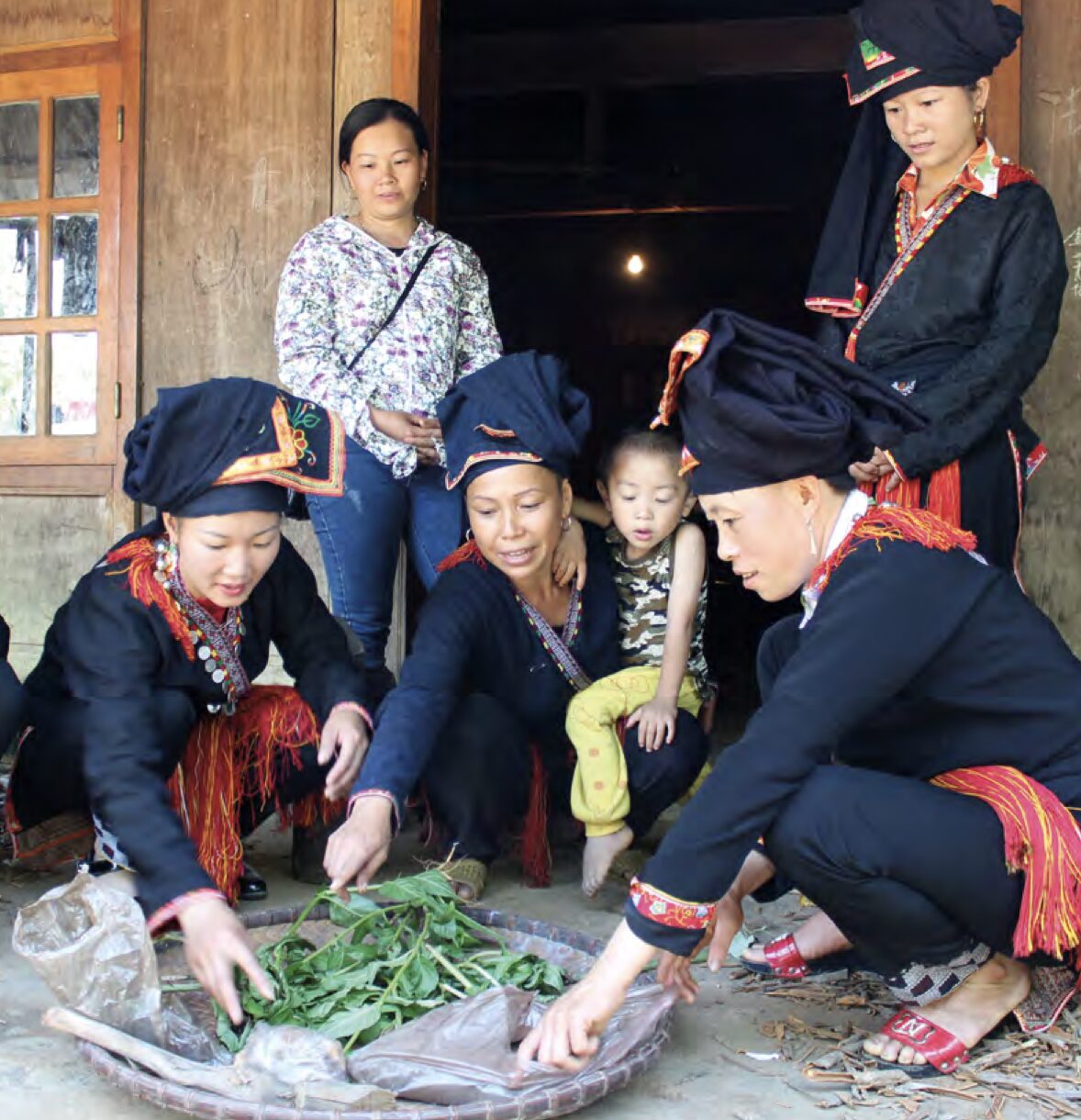
Summary
At this key moment in international efforts to curb climate change, with countries having submitted their latest commitments and actions on climate mitigation and adaptation, the Asia Indigenous Peoples Pact (AIPP) is partnering with the United Nations Development Programme (UNDP), through the UN-REDD Programme and the Forest Peoples Programme, on a study to shed light on how the rights, roles and knowledge of Indigenous men, women, youth, and persons with disabilities are addressed in national-level climate policies and plans, such as nationally determined contributions (NDCs), REDD+ strategies, national adaptation plans, and relevant environmental laws in Asia.
The results of the study are documented in 10 country-level reports incorporating a gender perspective, which also identify Indigenous Peoples’ practices that are already contributing to the goals of the Paris Agreement. The country-level reports cover: Bangladesh, Cambodia, India, Indonesia, Malaysia, Myanmar, Nepal, Philippines, Thailand, and Vietnam. This regional report synthesizes the findings and recommendations from those country-level studies. Since the synthesis is based on the policies reviewed in each national report it does not claim to exhaustively cover all climate policies in all 10 countries.
Summary of findings
- Status of Indigenous Peoples: While almost all of the countries supported the adoption of the United Nations Declaration on the Rights of Indigenous Peoples and have ratified the International Bill of Human Rights, only a few of the national legal frameworks contain clear commitments to customary land and resource rights. Further, regardless of the legal recognition, Indigenous Peoples in all 10 countries regularly experience social, political, cultural and economic discrimination and threats to their traditional lands, forests and waters.
- Indigenous Peoples and climate change impacts: Being mostly directly dependent on the natural resources around them, Indigenous Peoples in all 10 countries are increasingly at the forefront of the impacts of higher temperatures and unpredictable weather patterns. Indigenous women in particular bear a disproportionately heavy weight.
- Indigenous Peoples and NDCs: With a few exceptions, Indigenous Peoples are invisible as rights-holders, knowledge-holders and agents of positive change in national climate policies. Instead, they are usually featured as victims of climate change, or participants and/or beneficiaries of climate change plans, projects and funds. None of the NDCs acknowledge that the land onwhich many of the policy efforts will be undertaken7 is under the customary landownership of Indigenous Peoples.
- Indigenous Peoples and REDD+ policies and plans: Among the climate-related policies reviewed, the national REDD+ strategies and plans most consistently contain language on and provisions for Indigenous Peoples and their rights.
- Indigenous women, youth and persons with disabilities: These groups, including their key role in helping to protect forests and combat climate change, receive very little attention in the climate policies reviewed for this study. Indigenous women and youth are mentioned in policies in two countries, and Indigenous Peoples with disabilities are not mentioned at all.
- Indigenous Peoples’ concerns: The country studies highlight that climate policies almost exclusively fail to address land tenure insecurity and the related threats to traditional livelihoods faced by Indigenous Peoples. In several instances, the policies even contribute to the criminalization of traditional sustainable practices by defining them as drivers of deforestation.
- Negative impacts of climate policies and projects: While most of the climate policies reviewed are yet to be implemented, it is likely that impacts experienced with previous environment and climate projects will be repeated unless underlying issues are addressed.
- Opportunities and benefits: In a few countries, international climate and environmental policies have brought more attention to Indigenous Peoples’ and women’s issues at the national level, including through greater opportunities for their participation in policymaking processes. In some situations, finance linked to climate and environmental processes has also successfully reached Indigenous Peoples and helped improve their livelihoods and increase their food security.
- Indigenous Peoples’ contributions to climate change mitigation and adaptation: The 10 country studies highlight a series of ways that indigenous men, women, youth and persons with disabilities contribute to the goals of the Paris Agreement. They do this, for example, by protecting forests and biodiversity, which increases the amount of carbon dioxide sequestered; by adhering to their customary rules, practices and traditional livelihood activities; by maintaining and transferring their knowledge and wisdom on how to adapt to harsh climatic conditions; and by providing inspiring examples of food system resilience.
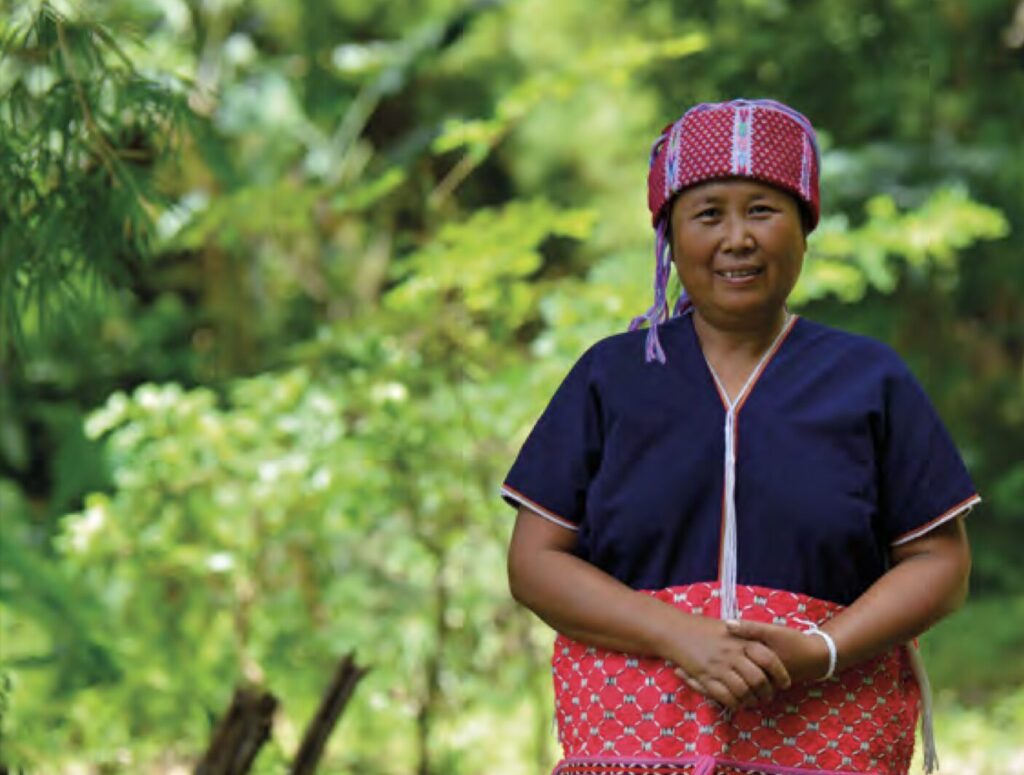
Recommendations
National climate policies must clearly recognize indigenous men, women, youth and persons with disabilities as rights-holders, knowledge-holders and equal partners in efforts to mitigate and adapt to climate change.
In the short-term (now – 2 years), states must:
- Ensure the full and effective participation of indigenous men, women, youth and persons with disabilities in the implementation of existing NDCs and other climate policies.
- Build the capacity of regional and local government bodies, and other actors responsible for overseeing climate policy implementation, to ensure that the rights and roles of Indigenous Peoples recognized on paper are also respected in reality.
- Promote the important role that indigenous men, women, youth and persons with disabilities already play in addressing climate change and ensure the protection of their knowledge and customary sustainable use of resources, including by ensuring direct access to financial and technical resources to support the continuation of these important roles.
- Establish local- and national-level mechanisms to allow indigenous men, women, youth and persons with disabilities to actively participate in climate policy processes and to ensure that they have enough information and capacity to meaningfully engage.
- Ensure that, in line with the functions of the LCIPP, such local- and national-level mechanisms promote “the exchange of experiences and best practices with a view to applying, strengthening, protecting and preserving traditional knowledge” of Indigenous Peoples and “build the capacity of indigenous peoples and local communities to enable their engagement in the UNFCCC process as well as the capacity of Parties […] to engage with indigenous peoples”.
In the medium-term (2–5 years), states must:
- Initiate fully participative processes, with dedicated budgets, for the revision of national-level climate policies, including the NDCs, to ensure that they:
- explicitly recognize and reward Indigenous Peoples’ historical and ongoing defence and maintenance of nature and climate, including through the full recognition of customary land tenures
- include indigenous tenure security, traditional knowledge, and traditional livelihoods (e.g. shifting cultivation) as climate solutions necessary to reach the goal of the Paris Agreement
- set out timebound plans for how to monitor and report on the implementation of these solutions in partnership with Indigenous Peoples’ organizations
- clearlyacknowledgethatthelandsonwhichmanymitigationandadaptation projects are planned are under the customary ownership of Indigenous Peoples and that any development affecting these lands must respect the self-determination of Indigenous Peoples, including through obtaining and maintaining their free, prior and informed consent
- Initiate law reform processes with the full and effective participation of indigenous men, women, youth and persons with disabilities with the aim of securing customary land and resource rights in national law. Safeguards contained in climate policies are unlikely to be successfully implemented if based on national legislation that is more regressive than the policies.
Suggested citation
Bijoy, C.R., Chakma, A. Guillao, J.A., Hien, B., Indrarto, G.B., Lim, T., Min, N.E.E., Rai, T.B., Smith, O.A., Rattanakrajangsri, K., Thuy, H.X., and Zunga, U. 2022. Nationally Determined Contributions in Asia: Are governments recognizing the rights, roles and contributions of Indigenous Peoples? AIPP Report.
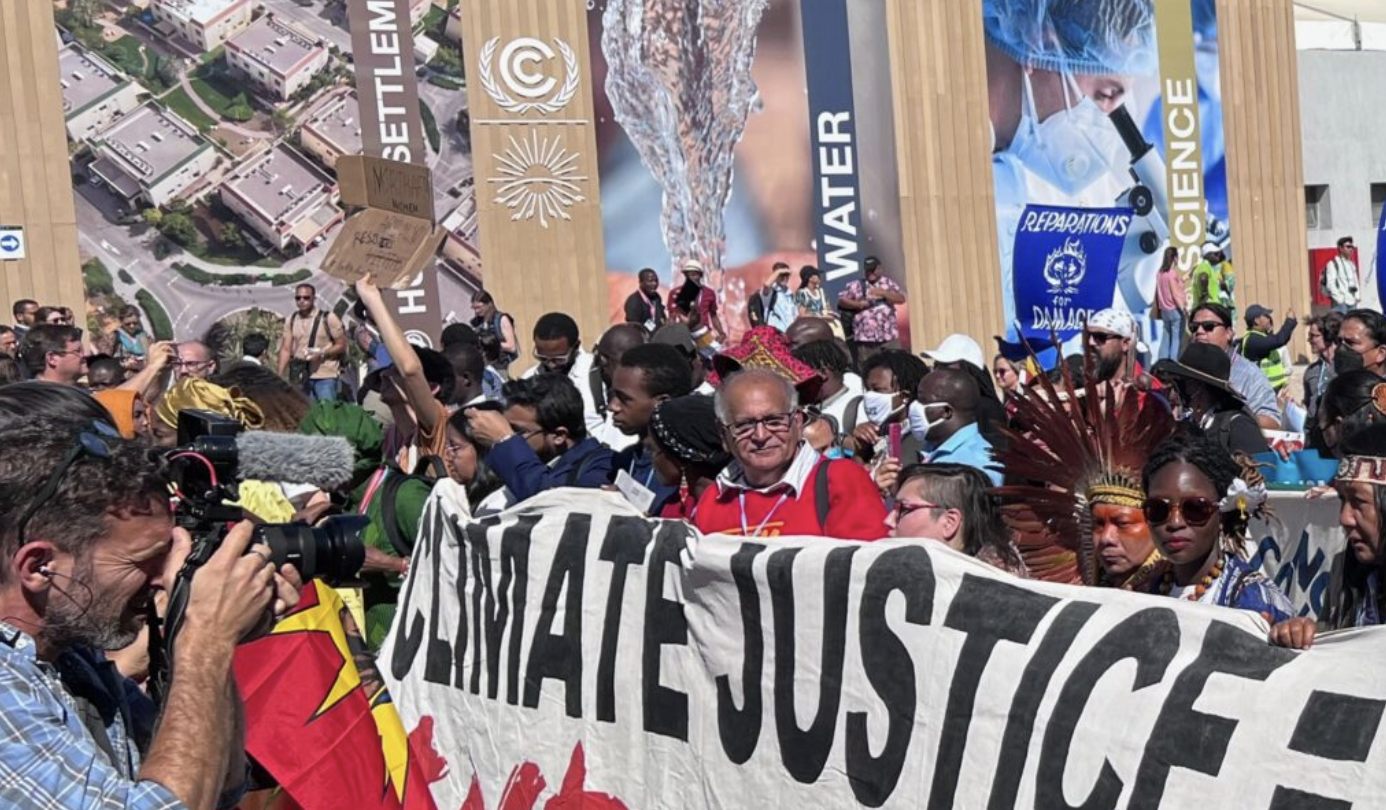
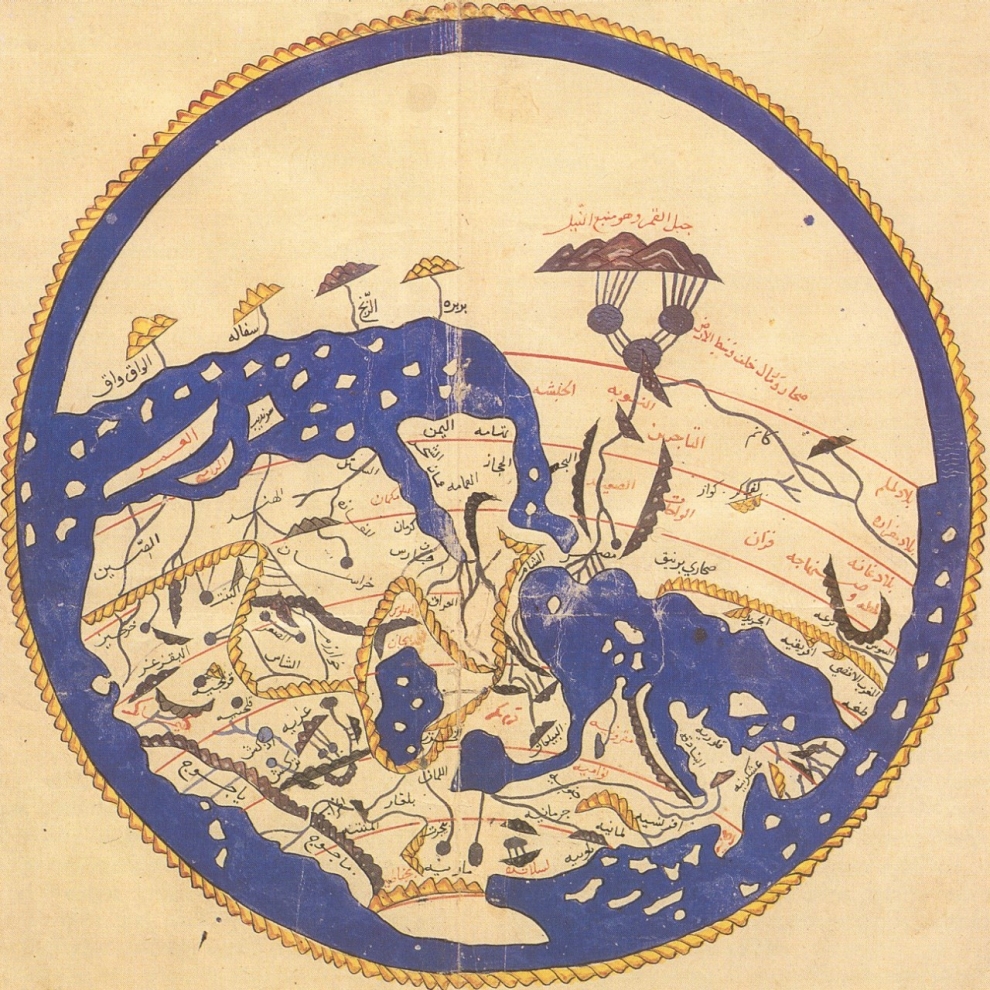
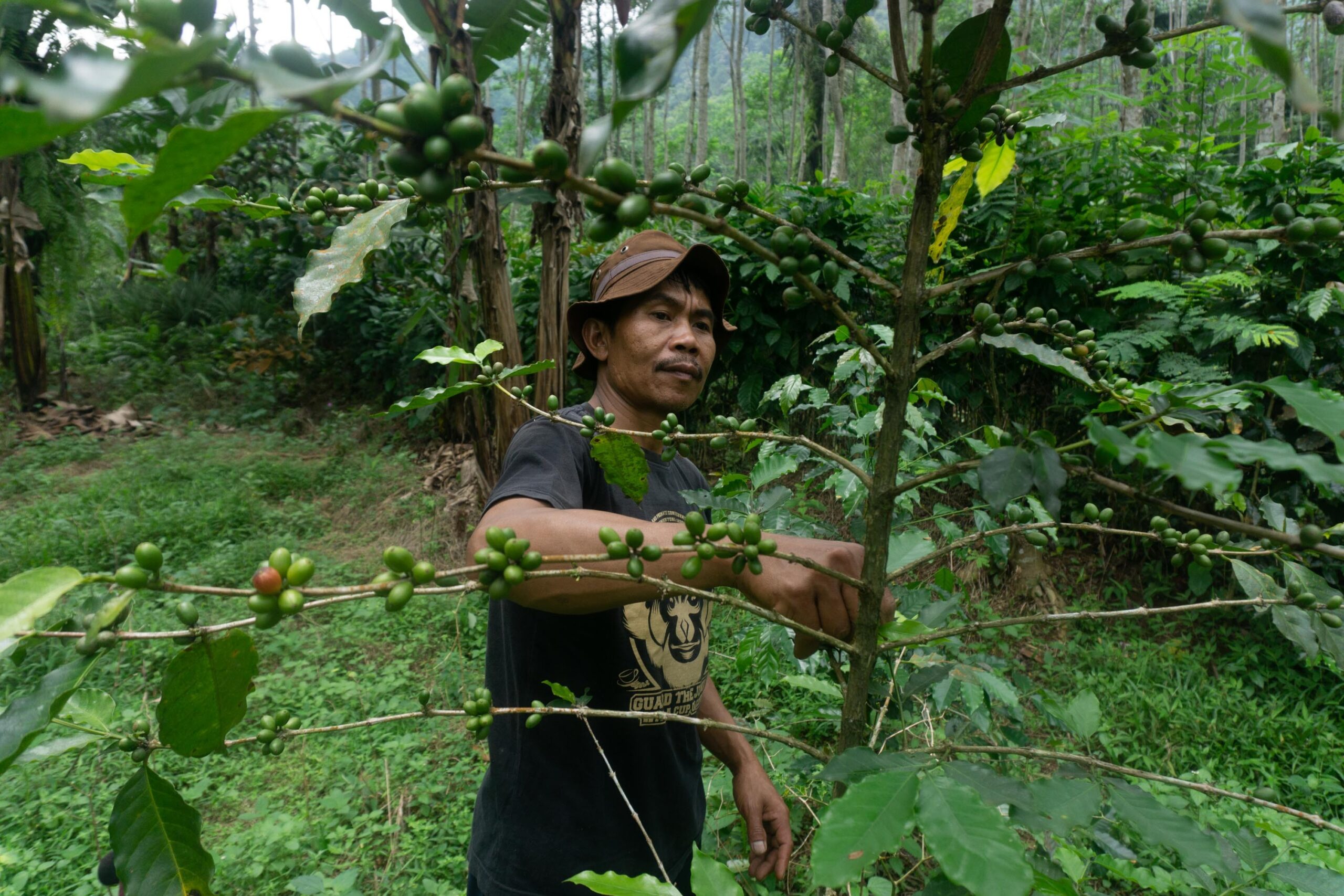
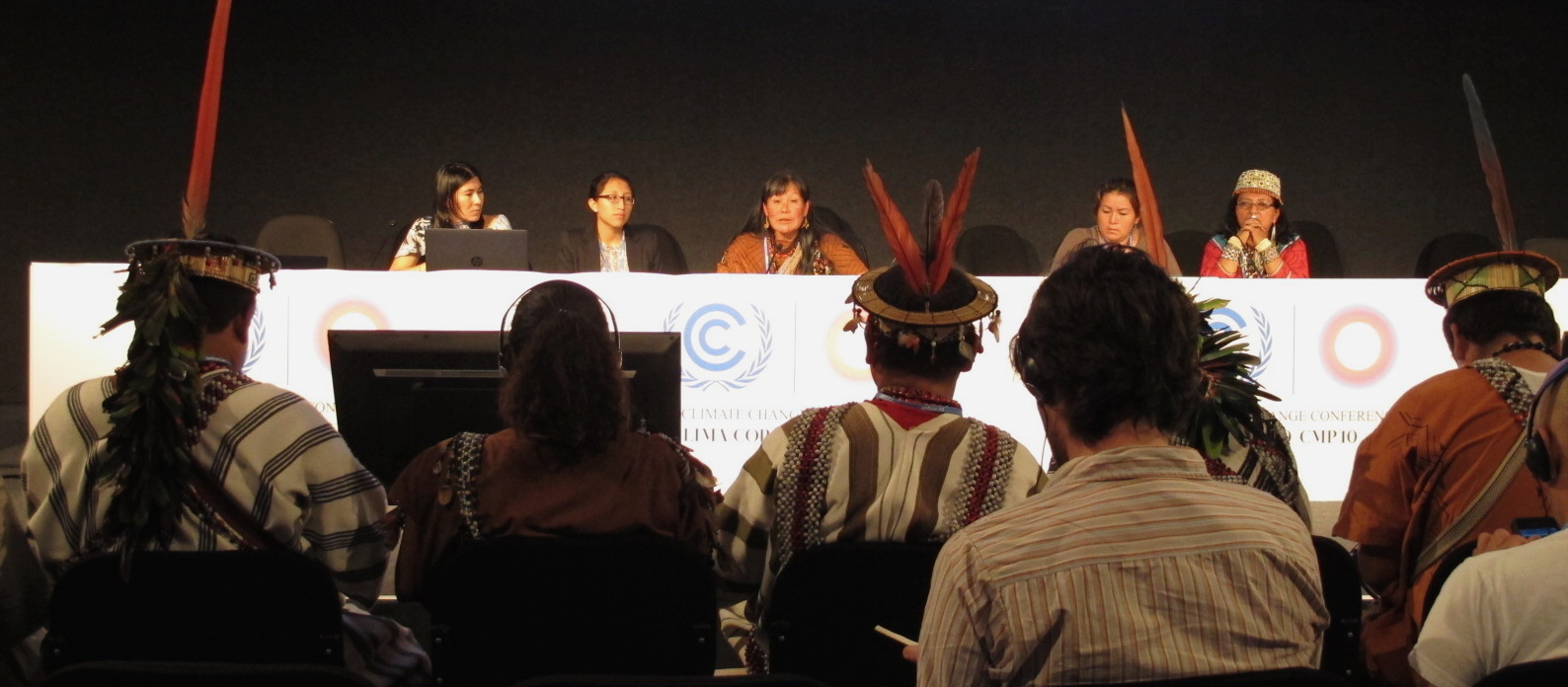
(0) Comments
There is no content